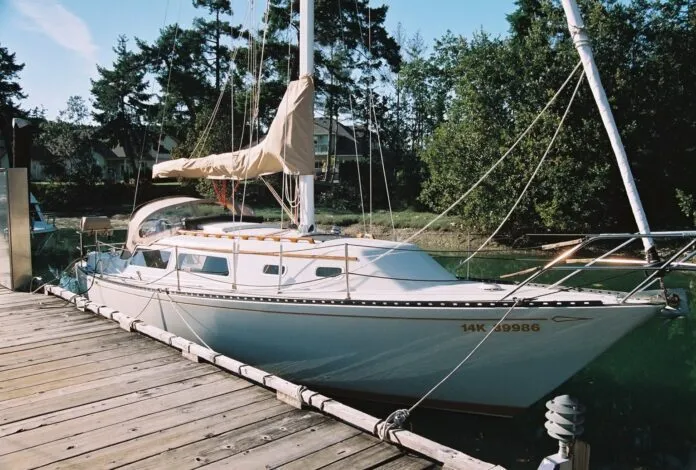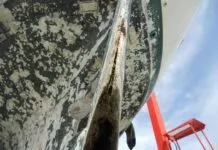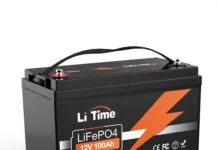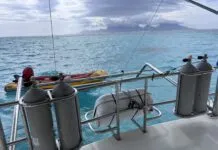
In our modern, risk-adverse world there is seldom the opportunity to stand alone, to be self-insured as it were. Gone are the days that the average sailor can comfortably say, “If something breaks, I’ll just fix it!” With ever more complex systems aboard our boats, repair for even minor mishaps can become prohibitively expensive. In our marine world, comprehensive insurance policies are the norm, probably demanded by the marina we call home and the marinas we visit.
Insurance is now a way of life, the associated costs calculated into boat ownership. Unfortunately, there doesn’t appear to be a separation of insuring the vessel versus liability insurance. The reasoning seems to be that for a boat owner to not care enough to insure the boat itself, there is probably a higher risk associated to liability.
Insurance companies are, by nature, risk adverse businesses. When seeking insurance as a boat owner you either deal directly with the independent insurance company or go through an insurance broker who deals with a limited number of national or international underwriters. I suspect that somewhere in statistical analysis these companies have determined that providing coverage for your 40-plus year old classic plastic from the boom years of fiberglass boat building is not in their best interest.
To be fair, those 40-plus year old boats were not built to the same safety standards as more modern boats. Everything from electrical wiring to plumbing standards have changed dramatically over the years and continue to evolve as lessons are learned. Unless your pride and joy has been maintained and upgraded to comply with these modern standards, that reluctance is understandable. I suspect that the insurance world has probably learned that lesson the hard way.
PS SURVEY RESULTS
A brief survey specific to this issue was distributed to fellow sailors with older boats (and the tipping point seems to be 40-plus years for most companies, as low as 15 years for some) both north and south of the 49th parallel. The results show that comprehensive insurance is available from some insurers, and not from others. Underwriters set the parameters, insurance brokers search for the underwriter with a policy that fits the applicant. Failure with the first application does not mean that insurance is not available.
It would appear that a long-established client with the same boat is deemed a lower risk, so insurance is easier to maintain. A new client with a 40-plus year old boat is likely to have a more difficult time no matter what the survey report indicates. There are underwriters that recognize “heritage boats,” those older boats that are maintained and upgraded to a high standard as identified by a survey report.
BOAT SURVEYS ARE KEY FOR POLICY APPROVAL

With few exceptions, the issued policy will be based on a report from an insurance company-approved surveyor at time of purchase. With some companies there is an additional requirement for surveys at specific intervals. The more restrictive policies require a specific rig inspection as well. There doesn’t appear to be a hard and fast rule on the east coast or west, north or south of the border.
Keep in mind that insurance companies, or underwriting agencies, rely completely on the survey report for risk evaluation. Even a company specializing in marine insurance is dependent upon that survey report. Although the insurance broker or underwriter may specialize in the personal marine environment, that does not equate to knowledge on specific sailboats, no matter what the age. Again, it is the knowledge of the surveyor that places an insurable value on the well-aged boat.
The bottom line is that for a reputable, well maintained older sailboat insurance is still available, it just may be more difficult to find!


































